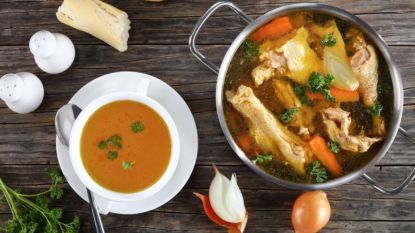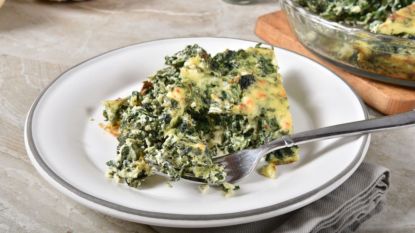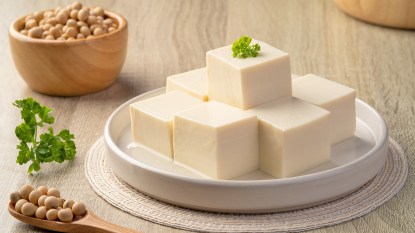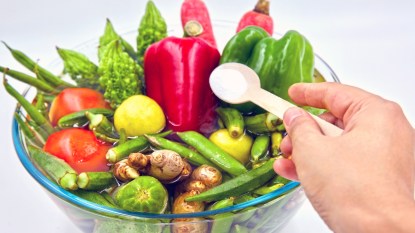Easy Ways to Up Your Barbecue Game, According to the Pros
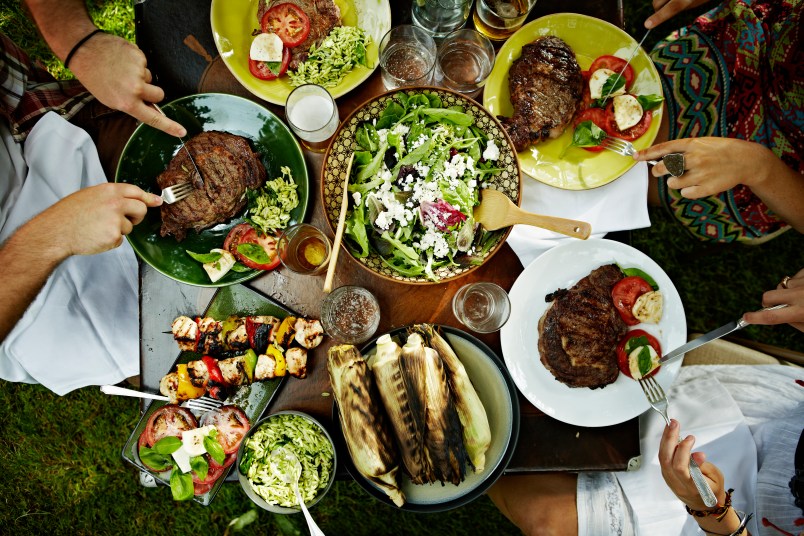
Summer is here, so fire up the grill! If you need any ideas on what to make for your backyard function, here are five prominent Australian chefs talking about what they like to barbecue and how they like to do it.
Duncan Welgemoed
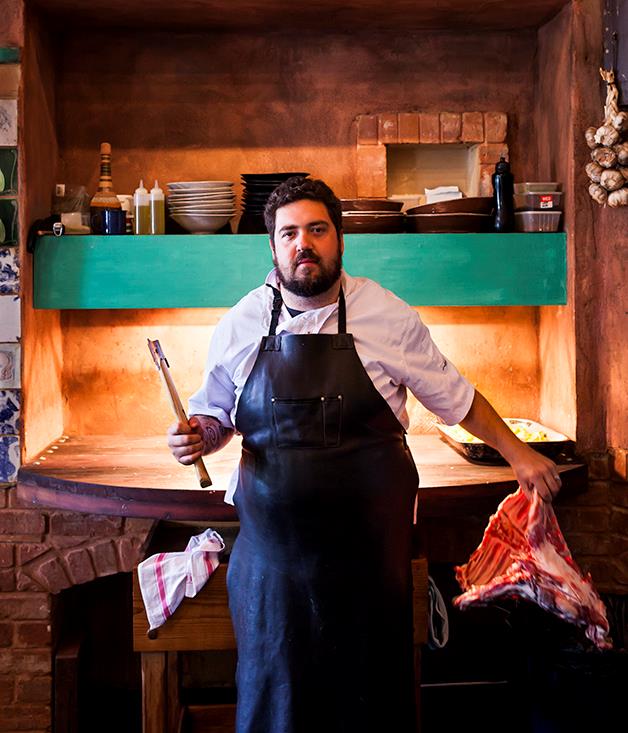
(Photo Credit: Gourmet Traveller)
My number one barbecue rule is that the person barbecuing makes the fire, always. This is followed closely by a general rule that we have in South Africa: When you’re a guest, the only help you’re allowed to give is to make sure the person cooking always has a drink in his or her hand.
Braai, which is South African barbecue, is not always about the food, but it’s always about the booze (in my case, chilled reds and cheap beer). My father taught me to barbecue. We used to braai four or five times a week when I was growing up. I was always around fire. In fact, we pretty much moved our lounge room outside, television and all. These days at home I have a set-up of three Webers, all used for various types of cooking: smoking, spit-roasting, grilling. I also have a cast-iron pot, called a potjie, that sits over an open fire, and a skottel, an outdoor South African wok.
I really love hot-smoking a chicken in my Weber. I serve it well-rested and at room temperature with a coleslaw, or with iceberg lettuce and anchovy dressing. I always season my birds with sea salt, white pepper, and thinly sliced fresh bay leaves. And I season before cooking, during, and after the bird is cooked — that part is crucial. It’s quite easy to undercook the legs of poultry, which is why you have to make sure you rest your bird long enough. The more juices you save, the more likely you can make a delicious chicken dressing with them, too.
This summer, I’ll be using plenty of cauliflower, leek, beetroot, and cabbage as sides — basically anything that can take direct flame without too much attention. That’s the thing with braai — you want to be attentive but not too attentive. I hate when people keep turning things, prodding the meats, screwing around with the fire. When it’s good to go, it’s good to go. Just relax and let the embers do the work.
Gregory Llewellyn
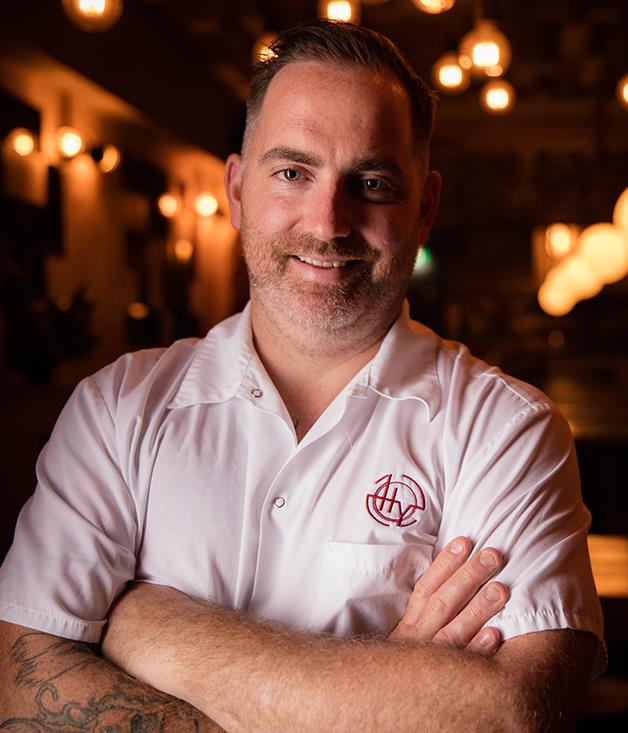
(Photo Credit: Gourmet Traveller)
I’m from New York and back home, my family cooks hot dogs ’till they’re “black and dirty,” and serves them with raw onions and ketchup on white bread buns. My wife, Naomi, finds everything about this offensive, so our kids are only allowed to eat them when we’re staying with my parents.
In Australia, I keep it a little cleaner, but still fun. I’m quite partial to beef rib eye, tri-tip, and whole-split chickens on the barbecue. A whole chicken is easy and, when cooked well, pairs with just about everything. Done doesn’t have to mean dry. For lush, juicy meat, and roasted skin, get it hot — wicked hot. Cook the chicken hot and hard to start, then, turn it down and do it slow and low.
Lots of people add too much to the meat. Keep it simple. I often rub the whole bird with yogurt and maybe harissa, sambal, or even vadouvan — but you have to read the temperature of the barbecue so you don’t burn the spices. If you’ve got the time to brine your meat, you’re steps ahead. Resting it goes a long way, too.
An extra grill plate is a great diffuser for slow roasting and resting meat. Keep an eye out — some of my favorite grill plates have come from other people’s barbecues left on the side of the road after spring cleaning.
As for sides? Zucchini served at room temperature is always beautiful. Grill them with not too much olive oil (to avoid flare-ups) and don’t take them off until they’ve got a great roasted color. I always do a salted and fermented cucumber salad with dill and olive oil, or, even better, I’ll throw some beet tops or chard flavored with walnut or hazelnut oil on the grill, and serve them with lots of lemon juice squeezed over and a crumbly cheese to finish. Plenty of rosé and vermouth won’t go astray at a barbecue. And Aperol spritz and cold beers will always go down well, too.
Kyungsoo Moon
I learned to barbecue from my mother, who was Korean. She was a great cook, and we used to do Korean barbecue at home all the time. Kisumé is a Japanese restaurant, but we use a number of similar techniques to Korean barbecue. We have a traditional old-school charcoal barbecue. The coals smell great and help to create good depth of flavor.
Lots of people think they need binchotan, but it’s very expensive and lets off a lot of heat, so it’s often too strong for home cooking. Normal charcoal is more than enough — you’ve just got to get the temperature right. Usually we create a big fire, let it burn down to half the amount, and then start cooking.
I love to chuck everything we’re going to eat straight onto the barbecue: skewers of beef, prawns, oysters, scallops, bream, pork belly, pork tsukune and vegetables, and even noodles. It’s part of Asian culture to finish with noodles or rice — we use a pot of water over the charcoal grill to soften the noodles.
I tend to cook beef most often because Australia truly has the best beef in the world. With my Korean heritage, I enjoy my beef cooked medium. The worst thing you can do is overcook it. I’ve also got my abalone license so I will be grilling lots of abalone this summer. I take my kids with me to the beach to get the abalone. Then we go home and cook it together.
Good seasoning is crucial. I use plenty of salt and tend to put rosemary on most things I barbecue. My favorite thing to put on yakitori (skewered chicken) is yuzukosho, a very spicy Japanese pepper paste. Another important rule is that if you’ve organized the barbecue, you cook the barbecue, fair and simple. You can’t be invited to someone’s house and then try and cook yourself. You’ll never be invited back.
Elvis Abrahanowicz
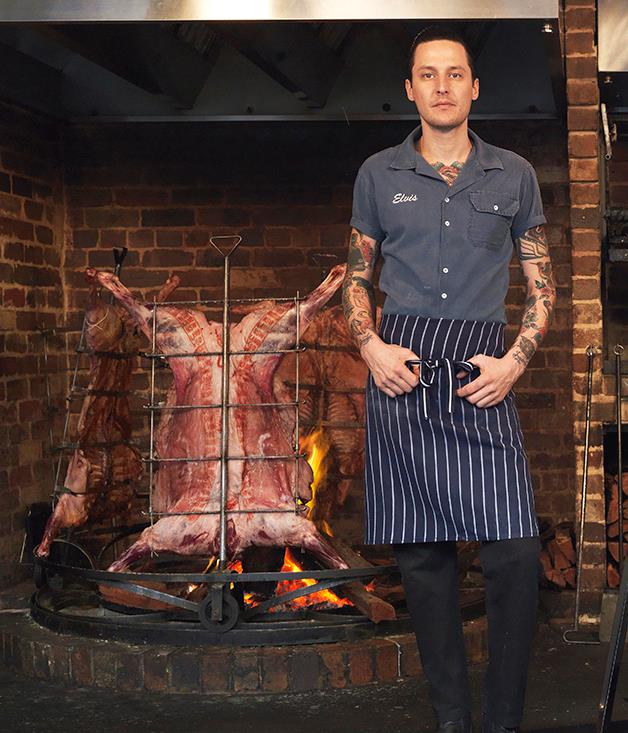
(Photo Credit: Gourmet Traveller)
For the best barbecue you can build anywhere, all you need is four bricks, some natural charcoal, and a mesh plate. This is how we barbecue, or asado, in Argentina. It’s the best because it’s super simple for starters, and you can move around whatever it is you’re cooking with ease.
My old man taught me everything I know about this style; he’s my not-so-secret weapon. One of the most important things he taught me is never to rush. Often the biggest mistake is cooking too quickly and too hot. To get it right, you have to take your time. From setting up the barbecue to lighting the coals and resting the meat, you can’t rush the process or it will show in the final result.
My favorite thing to cook over summer is beef short ribs. Take the meat out of the fridge about 30 minutes before you want to cook it and season it with salt, that’s honestly all you need. You want a moderate heat. To test, hold your hand a foot above the fire — you should only be able to hold it there for five seconds. I love serving the ribs piled high on a plate with chimichurri on the side. We make ours with plenty of flat-leaf parsley, dried oregano, and chili flakes.
Right now, we’re also likely to be grilling plenty of Mediterranean vegetables that are in season, too. Things like capsicum, eggplant, and tomatoes — all the stuff that lends itself well to cooking in the embers. And make sure you have some cracking wines. Asado lends itself to light-style reds. If it’s really warm, maybe even with a bit of ice or a splash of soda. And always make sure someone is around to grab the chef their beers. It’s a very important job that shouldn’t be forgotten.
Ibrahim Kasif
My barbecue style is very much based on ocakbaşi, narrow Turkish barbecue pits that use charcoal and wood. I have a custom-built pit at home, and use flat, sword-like skewers that sit across the barbecue, directly over the flame. I can skewer shish kebabs, köfte, offal, poultry, and even sardines on them, with enough overhang to turn them by hand.
Always use the freshest, best meat you can get your hands on, and don’t go crazy on marinades. Instead, focus on getting real charcoal and a piece of fragrant wood like ironbark to perfume the smoke. Lamb is my go-to protein because it’s so versatile. I mince lamb belly by hand with a little bit of rump and tail fat to make fatty köfte. I dice shoulder and marinate it in grated tomato and onion for kebabs, and I wrap sheep caul fat around lamb liver to cook slowly over the coals. Season any fat with flaky sea salt — it makes the flavor of beef and lamb really explode.
One of the biggest mistakes with lamb is not cooking it enough. Cook it slowly on medium heat and you’ll get unbelievable flavor. The meat need to be cooked through; you want to be able to eat around the bone, including any soft cartilage and charred fat. Grilled tomatoes, chilies, onions, and black olives are great as sides, or a whole grilled eggplant, peeled to make a smoky salad with garlic, lemon juice, and olive oil.
If you want to pair something with Turkish barbecue, it has to be ayran, the traditional yogurt drink. Mix equal parts water and yogurt with a good pinch of salt, shake till it’s foamy, and serve it with dried mint and ice. It’s non-alcoholic and very refreshing, a great match for fatty köfte coming straight off the charcoal. Which brings me to the most important tip: Don’t rest anything. Share it then and there, straight off the grill.
This article was written by Gourmet Traveller editors. For more, check out our sister site, Gourmet Traveller.
More From FIRST
The Underwhelming Reason Restaurants Give You Bread Before You Order
Steak Masters Dish About Their Favorite Cuts of Steak
The Gunk in Your Deep Fryer Is Getting in the Way of Perfectly Crispy Fries


